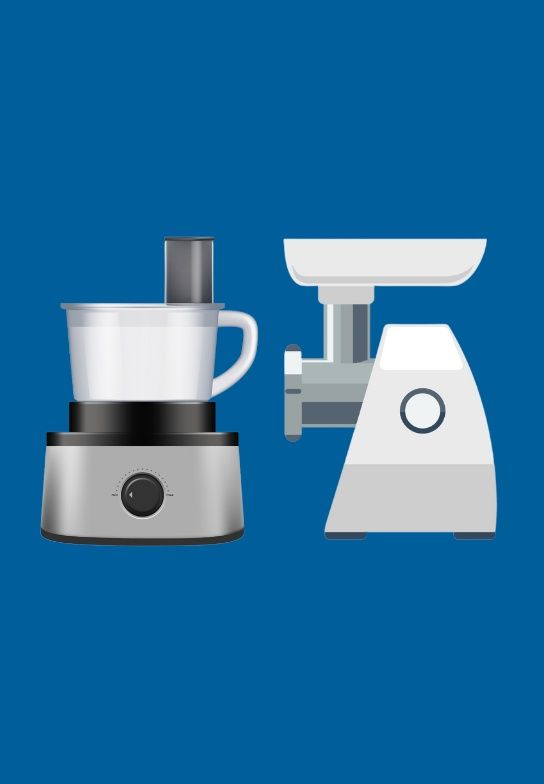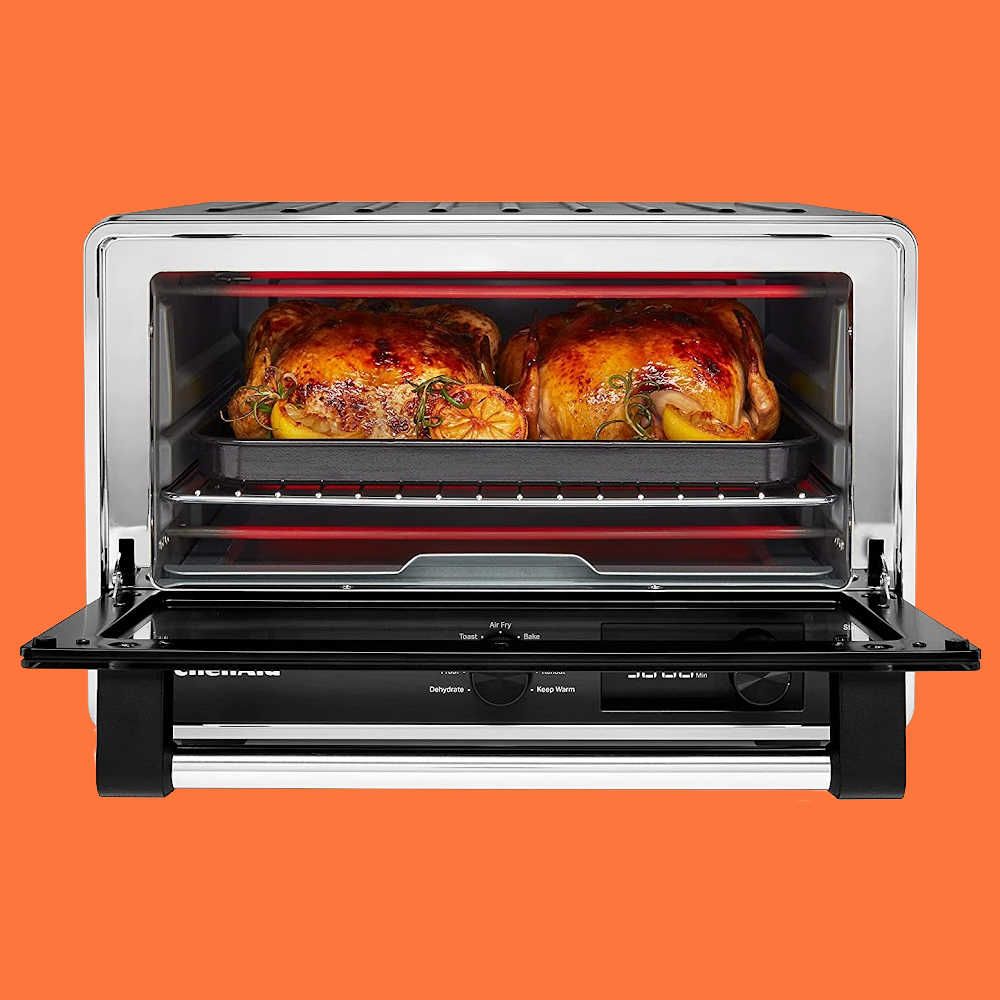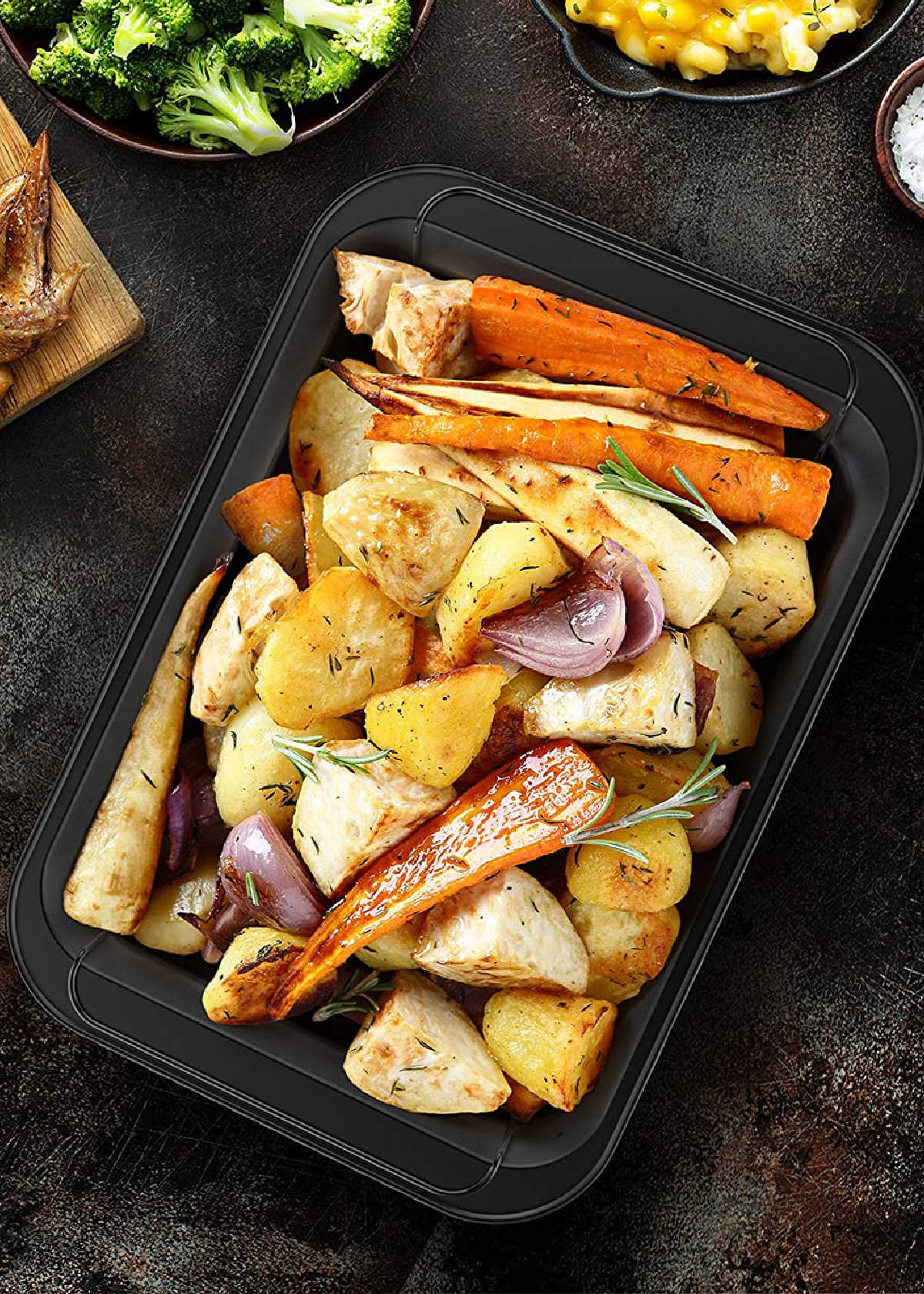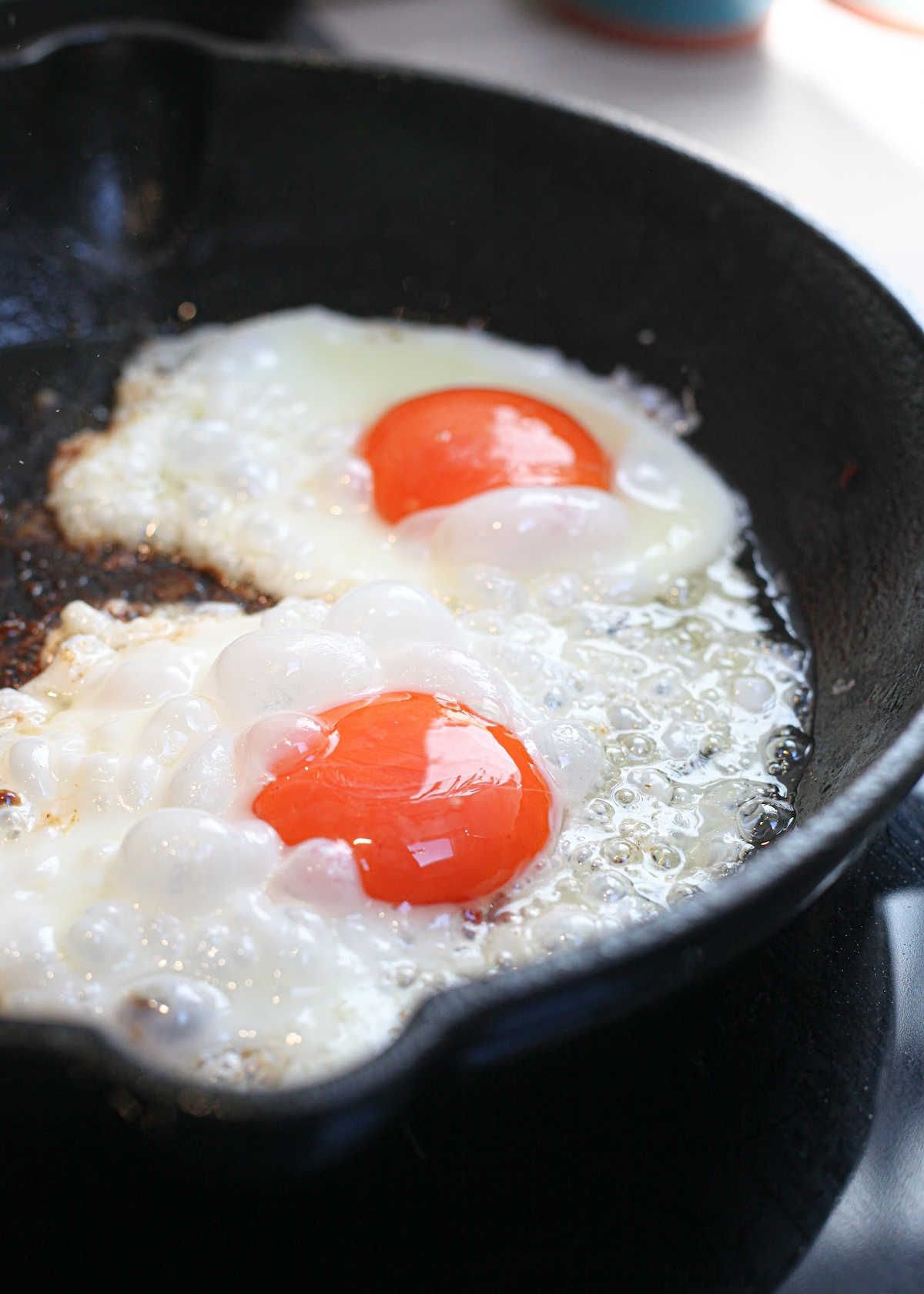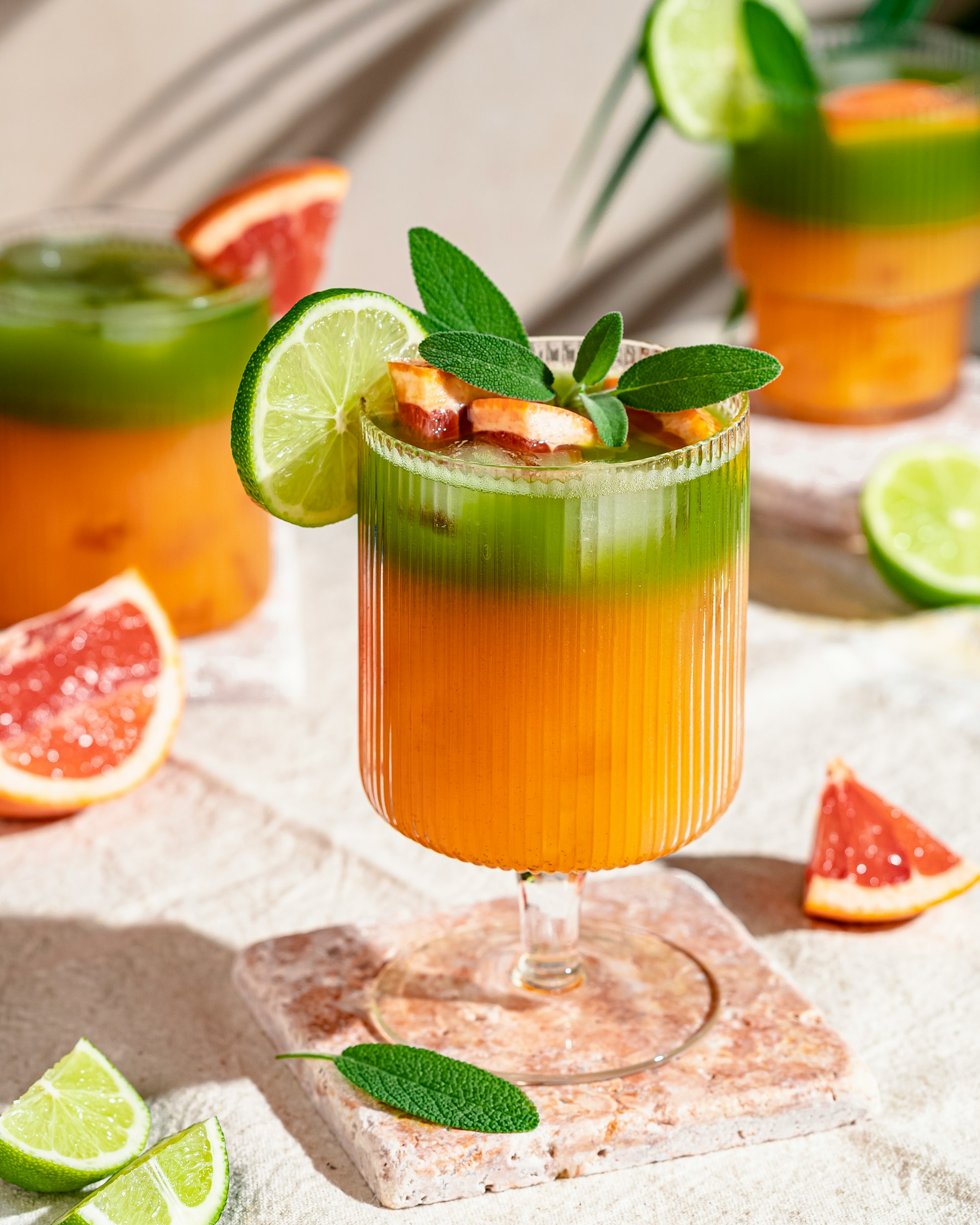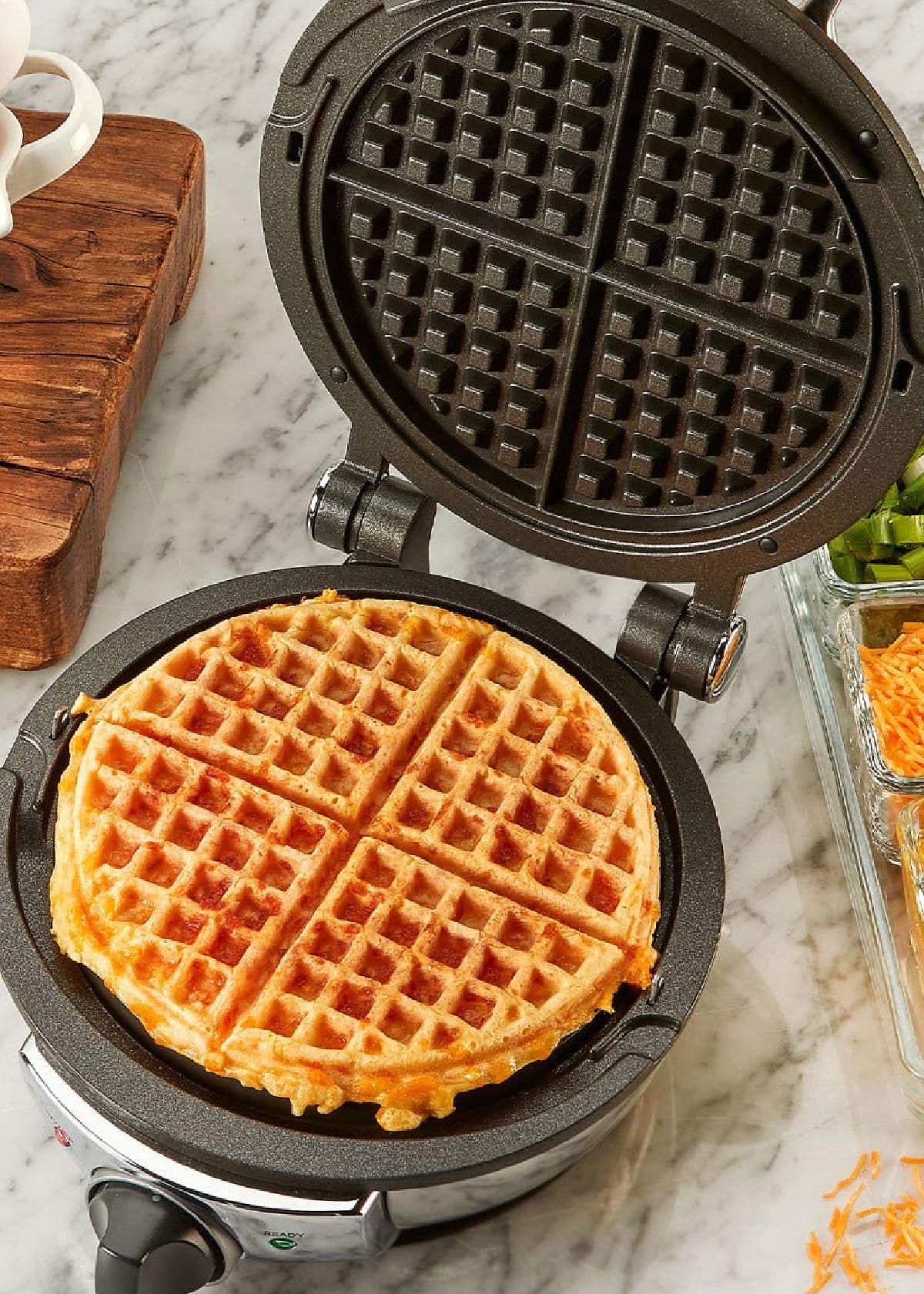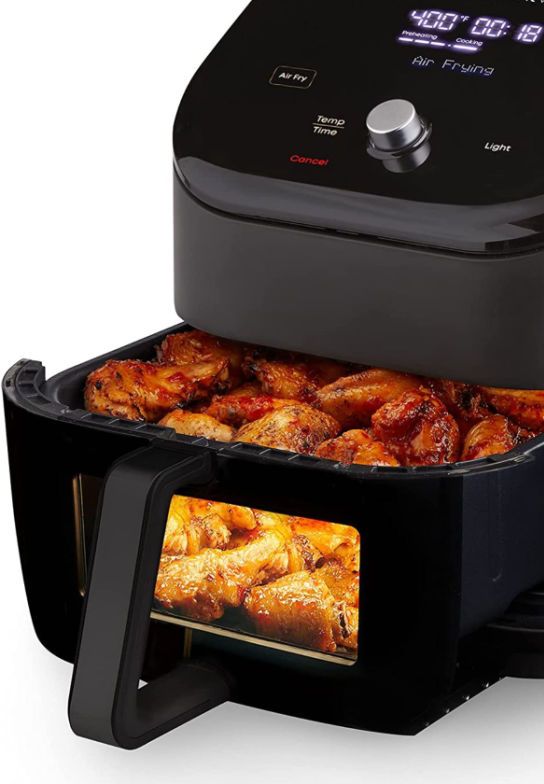Content Summary
Food processors and meat grinders. They bear some similarities; for example, both meat grinders and food processors are used for cutting food, but they are different in their functionality. When choosing between a food processor and a meat grinder, it can be confusing.
In this guide, we will outline the differences between food processors and meat grinders, their pros and cons, and help you decide which one is best suited for your cooking needs.


Food Processor vs Meat Grinder
Food Processor vs Meat Grinder: The Differences
There are some similarities and differences between food processors and meat grinders. These two appliances are considered to more or less complement each other.
The primary difference is that a food processor is designed to prepare various foods, whereas a meat grinder is designed solely for grinding meat.
A food processor is a versatile kitchen appliance that can be used for a variety of food preparation tasks. They come in different sizes, and their function is to mix, shred, chop, slice, and puree any food items you put in them.
Food processors come with various blades and disks for different functions, including making pasta dough, slicing and chopping vegetables, and pureeing soups.
Meat grinders are designed solely for mincing meat. Meat grinders are generally more robust and powerful than food processors, as they are required to grind meat and other hard substances.
A meat grinder has a blade or auger to push the meat through the plate to produce evenly ground meat. Most meat grinders are used for a variety of tasks, including preparing burger patties, sausages, and ground beef.


Food Processors
A Food Processor
1. What Is A Food Processor?
A food processor is an electronic kitchen tool with a wide variety of applications. It can chop, slice, shred, puree, and knead dough. A food processor blade is versatile and can accommodate multiple types of (raw) food, with consistent results.
2. Pros:
- Versatility: They are ideal for preparing a wide range of foods, from vegetable cuts to sauces. They come in a variety of sizes, making them perfect kitchen appliances, from small kitchens to large catering services.
- Easy to use: You can use it to chop vegetables, shred cheese, and make salsa in little time, saving you time and effort.
- Easy to clean: A food processor is easy to clean and store. It has dishwasher-safe parts, which makes cleaning up after use a breeze.
3. Cons:
- It's not designed to grind meat: It's not recommended to grind your meat, as it can damage both the blade and the motor.
- Uneven result for meat: It does not have the grinding capability that meat grinders possess, and as a result, the meat might come out irregularly shaped and having an uneven texture.
- Expensive: Food processors are more expensive than other kitchen equipment, such as blenders and mixers, particularly if you want a top-of-the-range model.
How To Make Homemade Ground Beef (Using Food Processor) | Chef Lola's Kitchen


Meat Grinders
A Meat Grinder
1. What Is A Meat Grinder?
A meat grinder is a kitchen appliance designed to grind meat into various sizes, from fine to coarse. It has various types of blade attachments depending on the user's needs and what meat recipe is going to be made.
Meat grinders have a feed tube on top to insert pieces of meat that are ground up inside the device. They come in both manual and electric versions. Electric meat grinders make it a lot easier to grind larger amounts of meat.
2. Pros:
- Control your preferred texture: Meat grinders are specifically designed for grinding meat, and come with various settings, allowing you to customize how coarsely or finely your meat is ground.
- Handle a large amount: The meat grinder has a powerful motor, which can efficiently grind and process a large amount of meat in a single batch.
- Process different types of meat: Meat grinders have different blades and attachments for making sausages, pasta, and multiple types of meat.
3. Cons:
- Not as versatile as a food processor: It's solely designed to grind meat, so it's limited in its uses. It is a meat-dedicated device and cannot perform the same functions as a food processor.
- Hard to clean: Meat grinders can also be more time-consuming to clean due to the parts being difficult to wash by hand.
- Noisy: They can also be noisy, which could be an issue if you're working in a small kitchen or if you don't want to disrupt the household while using the grinder.
GoWISE USA Meat Grinder & Food Processor Demo | GoWISE USA



Mincing Meat In A Meat Grinder
Meat Grinder vs Food Processor FAQs
Here are some of the most common questions regarding food processors and meat grinders.
Why is grinding your meat better?
Grinding your meat is better than buying pre-ground meat from the store as it ensures that you are getting the freshest and most nutritious meat available.
You can also customize the texture and fat-to-meat ratio by adjusting the grind settings on a meat grinder, giving you full control over your meal.
Can I grind chicken in a food processor?
Chicken meat should not be ground in a food processor as it will damage the motor and blades. A meat grinder is the best option to grind chicken, as it is specifically designed for this task.
However, if you want to make a small batch of minced meat for a chicken-based dish, such as chicken salad or tacos, a food processor can be used to chop the cooked chicken into small pieces. Just don't expect it to produce finely ground meat.
Can a meat grinder be used for grinding nuts?
Some people use their meat grinder to grind nuts or coffee beans. However, a food processor, blender, or immersion blender, provided they are powerful enough and have the right blades, can grind nuts and coffee beans. To be sure, always study the specifics of the machine.
Should meat be cold when grinding?
It's best to keep the meat cold when grinding. Keeping your meat cold will help to retain its texture and freshness. Additionally, it will reduce the risk of the meat sticking together and clogging up the grinder.
Should meat be frozen before grinding?
Freezing your meat before grinding is not advisable as it may harm the blades. However, you should keep the meat cold for the best result.
What is the best way to grind meat?
The best way to grind meat is to use a meat grinder. A meat grinder is specifically designed for grinding and processing large amounts of meat. It has a powerful motor and blades designed to quickly chop and grind meat.
A meat grinder will produce a way better texture and consistency for the finished product than a food processor. Additionally, a meat grinder is better suited for handling large pieces and chunks of meat.


Food Processor vs Meat Grinder
Tips & Tricks
- Besides the functionality, there are other factors to consider when choosing between a food processor and a meat grinder. These include the size, weight, and cost of the appliance.
- If you have a small kitchen, a compact food processor may be more suitable for you.
- If you’re a big family who loves to entertain, a bigger food processor with a powerful motor may be a better investment. The same applies to meat grinders.
- Other factors to consider include durability, availability of replacement parts, and warranty.
Food Processor vs Meat Grinder: Which One Is Better?
Knowing the pros and cons of each appliance and considering your personal needs and preferences, you can make an informed decision and choose the right tool for your kitchen.
- If you're looking for a versatile machine that can prepare a wide range of foods, and handle various food prep tasks, a food processor is the best option.
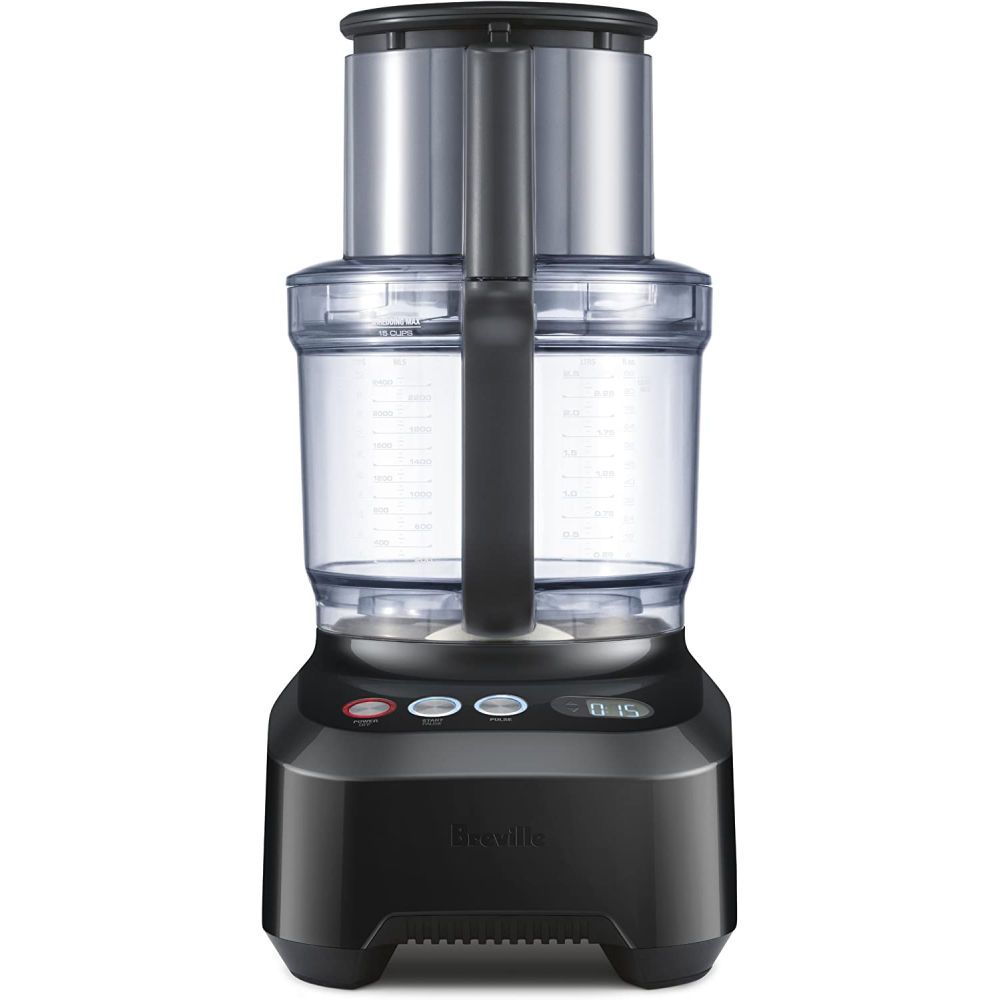
- If you want to grind different types of meat in larger quantities, then a meat grinder is the better choice.
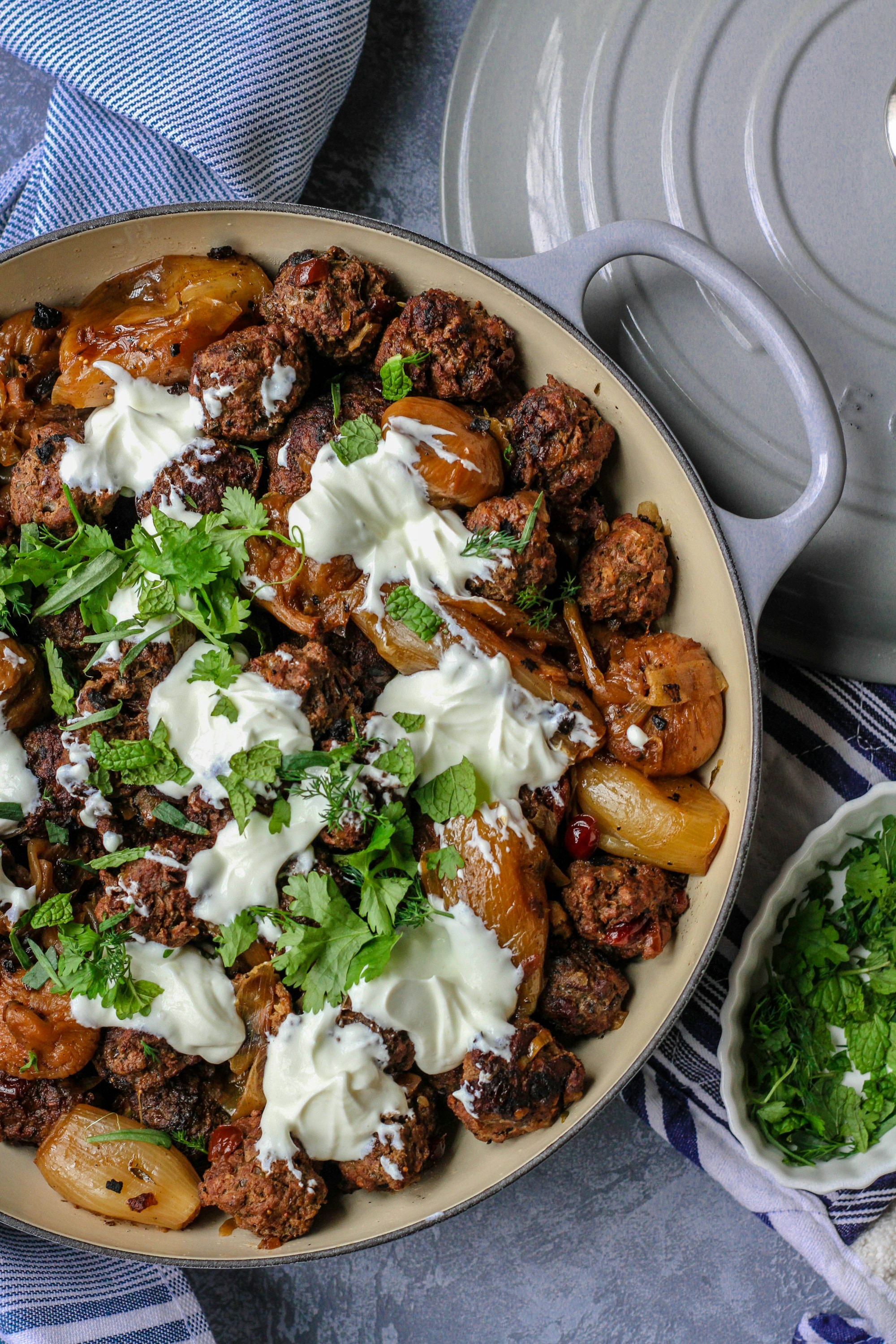
One can have both appliances in their kitchen and switch between them depending on the recipe and needs.
We hope that this article has given you an insight into the differences between the two and which one to use depending on your cooking needs.
Happy cooking!
Catchy Finds

